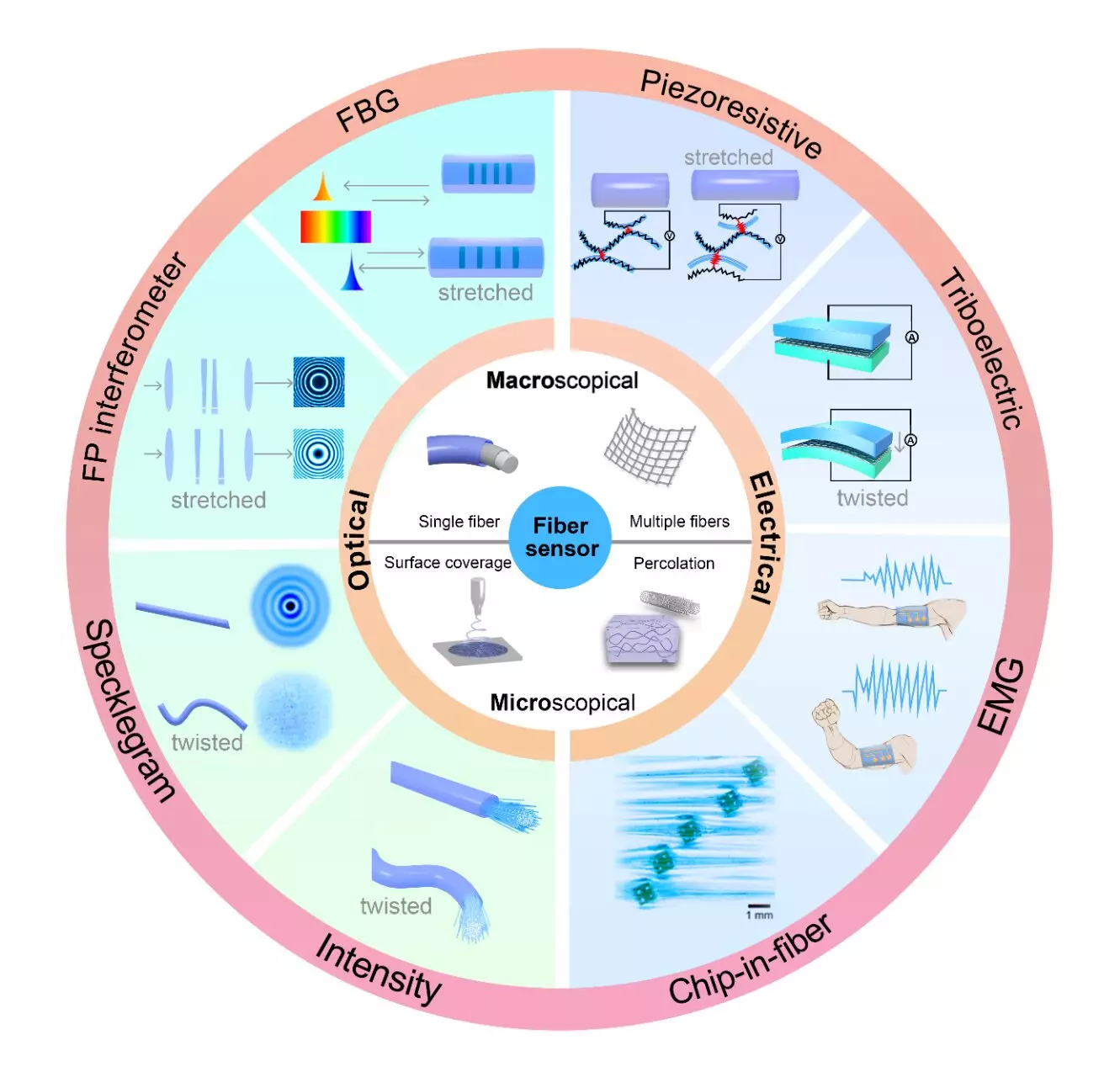In the last decade, artificial intelligence (AI) has transformed various industries, and wearable technology is no exception. The integration of AI, particularly through machine learning and its subset deep learning, has propelled the effectiveness of wearable devices by enabling them to analyze and interpret extensive data sets. This novel synergy offers unprecedented insights and functionalities that were previously unimaginable, positioning AI-infused wearables at the forefront of technological innovation.
At the heart of this transformation lies machine learning, which streamlines data analysis by automating the extraction of critical features that once required extensive manual input. Deep learning takes this a step further, uncovering subtle patterns in data that may not be immediately recognizable. Leveraging this technology in wearable devices allows for the processing of an immense volume of data, aligning perfectly with the needs of the information-rich environment we inhabit today.
A recent comprehensive examination highlighted the role of various machine learning algorithms in the integration with fiber sensors. These algorithms can be broadly classified into two distinct categories: traditional and deep learning algorithms. Traditional techniques such as linear regression, k-nearest neighbors, support vector machines, and others have established a solid groundwork for basic data interpretation, while modern deep learning methods promise to further enhance the functionality of these devices.
Fiber sensors offer a compelling alternative to conventional electronic sensors, boasting flexibility and adaptability while maintaining high performance levels. The different operational styles of these sensors can be categorized primarily into optical and electrical classifications. Optical sensors, including fiber Bragg gratings and interferometers, utilize light to detect changes, while electrical sensors, such as piezoresistive and triboelectric variants, rely on electrical signals to capture data.
Though fiber sensors present exciting possibilities for seamless wear in everyday clothing, their current application in conjunction with machine learning has significant limitations. Presently, many fiber sensors predominantly capture singular types of signals, often focusing on mechanical outputs like pressure or strain. This narrow scope restricts their potential, leaving out valuable data such as temperature, humidity, or environmental light conditions.
Looking forward, the realm of wearable technology must evolve to make full use of the latest advancements in machine learning algorithms. Algorithms like reinforcement learning and generative adversarial networks remain underexplored in this field, which hampers the overall growth and applicability of AI-integrated fiber sensors. The untapped potential of these modern methodologies could augment the intelligence and efficiency of wearable devices, transforming them into indispensable tools for everyday users.
Moreover, improvements in sensor capabilities must be paralleled by advances in user experience and integration into daily life. As research continues, it is expected that these emerging technologies will yield smarter, more comfortable, and more versatile wearable devices, ultimately enriching our daily interactions and enhancing our quality of life.
The intersection of AI and wearable technology is an exciting frontier that promises considerable breakthroughs. While current applications have made significant strides, ongoing innovation is crucial to overcome the existing limitations of fiber sensors. By harnessing the full power of advanced machine learning techniques, the future of wearable technology can become not only more intelligent but also seamlessly integrated into the fabric of our daily lives. The potential for innovation in this domain is vast and beckons exploration, heralding a new era in personal technology.

